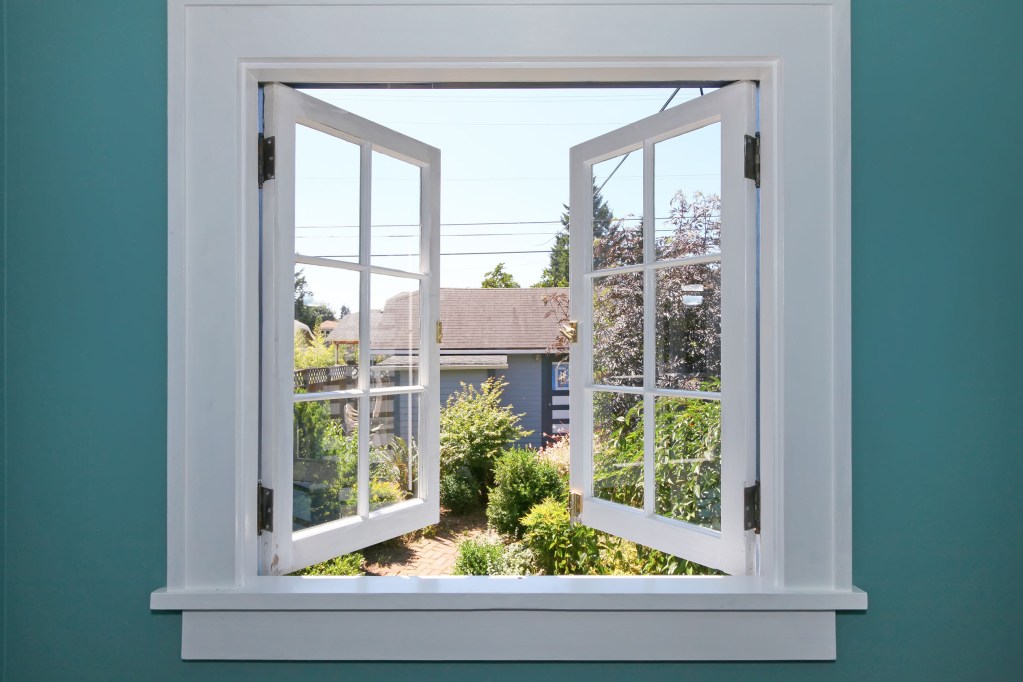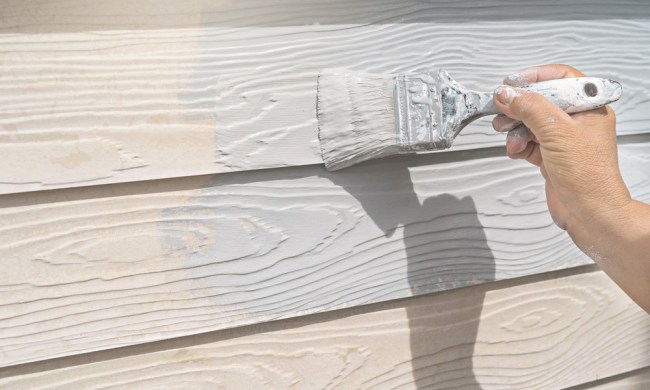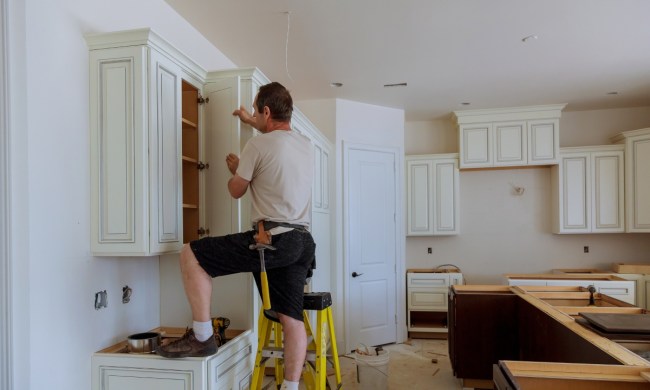
Whether you’re a light sleeper trying to catch some z’s during noisy hours or a musician seeking solace for practice, soundproofing your space can significantly enhance your quality of life. But where do you start? From walls to windows, doors to floors, and even ceilings, there are various methods to dampen unwanted noise. In this guide, we’ll explore effective strategies for how to soundproof a room, ensuring a quieter and more peaceful home environment for all.
How to soundproof a room: Walls

When it comes to blocking out noise, the walls of your room play a crucial role. For those seeking a more official soundproofing solution, specialized materials are the way to go.
Try mass-loaded vinyl
Mass-loaded vinyl (MLV) is a dense, flexible material that effectively blocks sound transmission through walls. By adding a layer of MLV between drywall sheets, you can significantly reduce noise infiltration.
Install acoustic panels
Acoustic panels are designed to absorb sound waves, preventing them from bouncing off walls and creating echoes. These panels come in various shapes, sizes, and designs, allowing you to customize your space while enhancing its soundproofing capabilities.
Install acoustic foam
Acoustic foam is another effective option for soundproofing walls. Its unique structure absorbs sound waves, reducing reverberation and minimizing noise transmission. Install acoustic foam panels on your walls to experience quieter surroundings.
Use soundproofing drywall
Soundproofing drywall, also known as gypsum board, is a specially designed type of drywall that blocks sound transmission. Its dense composition effectively absorbs and dissipates sound waves, making it an excellent choice for soundproofing walls.
How to soundproof a room: Doors

Doors are common entry points for unwanted noise, but with the right techniques, you can minimize sound infiltration and create a quieter environment.
Add a door curtain
Installing a heavy, sound-absorbing curtain over your door can significantly reduce noise transmission. Opt for curtains made from thick, dense fabrics to maximize soundproofing effectiveness.
Install draft stoppers
Draft stoppers, also known as door sweeps, seal gaps on your doors between the bottom of the door and the floor, preventing sound from sneaking in. These simple yet effective devices are easy to install and can make a noticeable difference in soundproofing your room.
Get a new soundproof door
For optimal soundproofing, consider investing in a new door that’s solid core and designed specifically to block out noise. These doors are constructed with dense materials and specialized seals to minimize sound transmission, ensuring a quieter space.
How to soundproof windows

Windows are another common source of noise infiltration, but with the right techniques, you can enjoy a quieter indoor environment. Here are some options for how to soundproof windows!
Ensure weatherstripping is in good condition
Check the condition of your window’s weatherstripping and replace any worn or damaged seals. Properly sealed windows prevent noise from entering your room, enhancing its soundproofing capabilities.
Install removable window inserts
Removable window inserts, also known as secondary glazing, create an additional barrier against noise transmission. These inserts can be easily installed and removed as needed, allowing you to customize your soundproofing solution.
Try acoustic blackout curtains
Acoustic blackout curtains combine sound-absorbing properties with light-blocking capabilities, making them ideal for soundproofing windows. Hang these curtains over your windows to reduce noise infiltration while creating a darker, more peaceful environment.
Upgrade to new soundproof windows
For long-term noise reduction, consider investing in soundproof windows. These windows feature multiple panes of glass, specialized seals, and laminated glass layers to effectively block out noise and enhance soundproofing.
How to soundproof floors

Floors can transmit both airborne and impact noise, but with the right soundproofing techniques, you can minimize sound transmission and enjoy a quieter living space.
Lay down an area rug or runners
Adding an area rug or runners to your floors can help absorb sound and reduce noise transmission. Opt for thick, dense rugs to maximize soundproofing effectiveness and create a more comfortable environment.
Use thick rug pads
Place thick rug pads underneath your area rugs to further enhance soundproofing. These pads provide an additional layer of insulation, preventing sound from traveling through your floors.
Install wall-to-wall carpeting
Wall-to-wall carpeting is an effective way to soundproof floors and minimize noise transmission. The dense fibers of carpeting absorb sound waves, reducing echoes and creating a quieter indoor environment.
Install new flooring with an underlayment
If you’re renovating your space, consider installing new flooring with an underlayment designed for soundproofing. These underlayments create a barrier against noise transmission, ensuring a quieter and more peaceful living space.
How to soundproof ceilings

Ceilings are often overlooked when it comes to soundproofing, but they can be a particularly annoying source of noise, particularly in multi-family homes. With the right techniques, though, you can minimize noise transmission from your ceiling and enjoy a quieter environment.
Drape ceiling fabric
Hanging fabric from your ceiling can help absorb sound and reduce noise transmission. Opt for thick, heavy fabrics that effectively absorb sound waves, creating a more peaceful indoor environment.
Hang acoustic ceiling clouds
Acoustic ceiling clouds are suspended from the ceiling to absorb sound and reduce reverberation. These clouds come in various shapes and sizes, allowing you to customize your soundproofing solution while enhancing the aesthetic appeal of your space.
Install acoustic ceiling tiles
Acoustic ceiling tiles absorb sound and reduce noise transmission through the ceiling. These tiles come in various styles and textures, allowing you to create a customized soundproofing solution that complements your space.
Using furniture to reduce noise

In addition to specialized soundproofing materials, strategically placing furniture can also help reduce noise transmission and create a quieter indoor environment. Lining walls with bookcases or sturdy, stylish cabinets can help muffle noise coming through the walls, while soft materials like upholstered furniture, plush pillows, and throws can absorb sound and minimize echoes.
Creating a quieter indoor environment is essential for enhancing comfort and improving overall well-being. By implementing effective soundproofing techniques for walls, doors, windows, floors, and ceilings, you can minimize noise transmission and enjoy a more peaceful living space. Whether you’re dealing with traffic noise, noisy neighbors, or loud appliances, there are various strategies available to help you soundproof your room and create a serene oasis.



